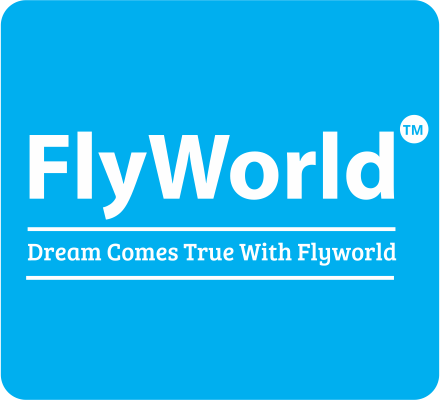Budget 2022 contains proposals on Express Entry, the TFWP, application processing, and more.
Canada’s Finance Minister, Chrystia Freeland has just unveiled Canada’s first budget since the September 2021 federal election.
The budget outlines the Canadian government’s planned spending and revenue. It is one of the most important announcements made by the federal government each year since it outlines the state of Canada’s economic and fiscal health and what policy priorities the government will focus on.
Immigration proposals in Budget 2022
Budget 2022 outlines a variety of immigration priorities the Canadian government plans to pursue:
Express Entry: The federal government proposes to amend the Immigration and Refugee Protection Act (IRPA) to provide the immigration minister with the authority to use Ministerial Instructions to help select candidates who best meet Canada’s labour market needs. There are no further details yet available by the federal government on what changes it has in mind.
Immigration Levels Plan: To support its efforts to process and settle over 400,000 new permanent residents each year, Canada will commit $2.1 billion over five years and $317.6 million ongoing in new funding.
Temporary Foreign Worker Program (TFWP): The government wants to invest $29.3 million over three years to create a Trusted Employer Model to cut red tape for the TFWP. The Model will be available to repeat employers who meet the highest standards for working and living conditions, protections, and wages in high-demand fields. Further details will be announced in the coming year.
The federal government also wants to invest $48.2 million to create a new streamlined TFWP for agricultural and fish processing employers.
In addition, it wants to commit $64.6 million over three years to increase capacity to process employer applications within established service standards.
Support Services for Immigrants and Visitors to Canada: Budget 2022 proposes to spend $187.3 million over five years and $37.2 million ongoing for Immigration, Refugees and Citizenship Canada (IRCC) to improve its ability to respond to its increasing number of enquiries and so IRCC can invest in the technology and tools needed to better support its clients.
Canadian Citizenship: To accommodate higher levels of citizenship applications, the government intends to amend the Citizenship Act to enable automated and machine-assisted processing and the safe and secure collection and use of biometrics.
Immigration announcements in previous budgets
The budget sometimes contains major immigration announcements. For example, in 2014, the budget outlined that Canada would invest millions to ensure that Express Entry would launch in January 2015.
In 2021, Canada had a $485 million budget to modernize the immigration system. Budget 2021 had five significant pledges on immigration, some of which have already come to pass such as the funding for the Temporary Residence to Permanent Residence (TR to PR) pathway. It also called for the replacement of the Global Case Management System (GCMS), which processes immigration applications.
In addition, Budget 2021 announced more spending on the Temporary Foreign Worker Program (TFWP). The additional funds would increase employer compliance inspections to prevent worker mistreatment, and support vulnerable foreign workers by allowing them to get open work permits if they were abused by their Canadian employers. Finally, Budget 2021 proposed additional spending on initiatives to improve the employment outcomes of racialized newcomer women.
Recent major immigration announcements
On April 4, Canada announced five new changes for the TFWP: Labour Market Impact Assessments (LMIAs) will now be valid for 18 months up from nine; the maximum duration of employment for High-Wage and Global Talent Stream workers will be extended from two years to three; there will no longer be a limit to the number of low-wage positions that employers in seasonal industries can fill through the TFWP; employers will be able to have a team consisting of 20%-30% foreign staff depending on the industry, up from 10%; and Canada will no longer automatically refuse LMIA applications for low-wage occupations in the accommodation and food services and retail trade sectors in regions with an unemployment rate of 6% or higher.
In March, Canada introduced a number of measures to support Ukrainians fleeing the war. Ukrainian citizens as well as their partners and children are able to come to Canada on a temporary visa called the Canada-Ukraine Authorization for Emergency Travel (CUAET). This visa allows holders to stay in Canada for up to three years.
In February, Canada announced it is boosting its immigration levels to support its post-pandemic economic recovery. The Immigration Levels Plan 2022-2024 calls for higher levels over each of the next three years with Canada expecting to welcome a record 431,645 new permanent residents in 2022. Prior to the pandemic it sought to welcome some 340,000 immigrants per year but it is now looking to welcome 451,000 by 2024.
In January, Immigration Minister Sean Fraser announced the steps IRCC is taking to improve its processing standards and tackle its backlogs.
What happens next?
After the budget gets tabled, the next step will be for elected officials to vote on it in Canada’s Parliament. If the majority of Members of Parliament oppose the budget an election will be triggered. This is highly unlikely to happen as the New Democratic Party has already expressed its support for the budget after making a pact with Prime Minister Justin Trudeau’s governing Liberal Party.



